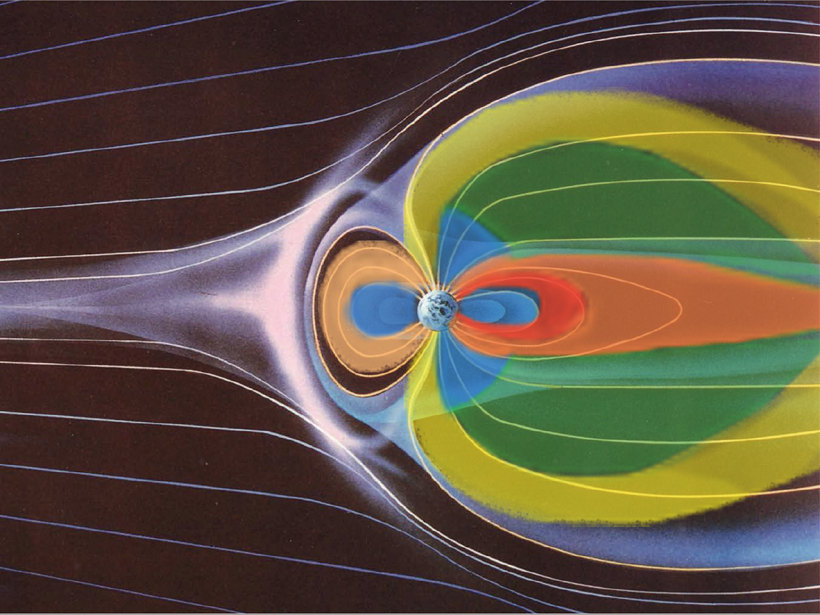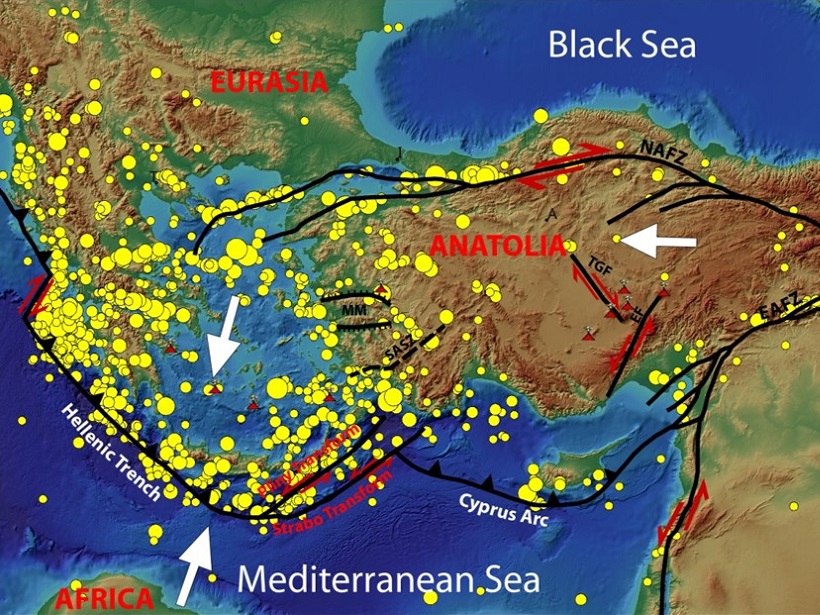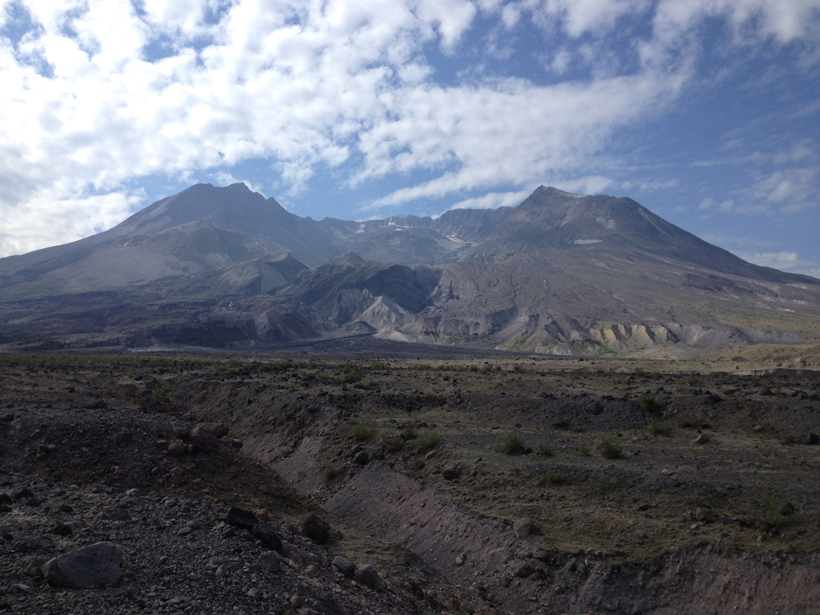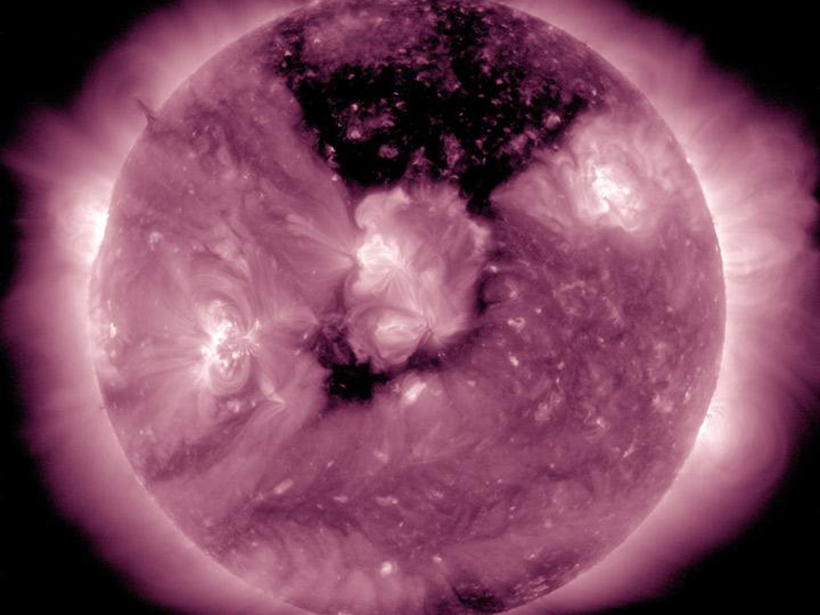The editor of a new book describes how a unique combination of the monograph and video show that a four-decade old paradigm in solar-terrestrial physics is changing.
CC BY-NC-ND 2017
New Data Buoys Watch Typhoons from Within the Storm
Advanced real-time data buoys have observed nine strong typhoons in the northwestern Pacific Ocean since 2015, providing high-resolution data and reducing the uncertainty of numerical model forecasts.
Lunar Lava Tubes Could Offer Future Moon Explorers a Safe Haven
Scientists find evidence that a 50-meter-deep pit on the Moon's surface could be a skylight opening to an intact lava tube tens of kilometers long.
Updated AGU Ethics Policy Available for Member Comment
Proposed new language identifies harassment as a form of scientific misconduct.
Neotectonics and Earthquake Forecasting
The editors of a new book describe the evolution of major earthquake producing fault zones in the eastern Mediterranean region and explore how earthquake forecasting could improve.
Earth Science Budget Woes Cast a Shadow on Planetary Scientists
NASA's record-high proposed planetary science budget didn't quell the fears scientists have about cuts to Earth sciences.
Including Ozone Complexities in Climate Change Projections
A simplified view of ozone chemistry can cause climate models to overestimate the response of jet streams to increasing greenhouse gases.
Explaining Why Some Paleomagnetic Results Fail
Reordering of mineral crystal lattice structures during laboratory heating may explain the frequent need to reject results of experiments that estimate the intensity of Earth's past magnetic fields.
Scientists Probe the Calm After Solar Storms
In forecasting the effects of solar storms, understanding how they subside—and not just how they arrive—will be crucial.
Honoring Earth and Space Scientists
Remembering AGU members and others who have passed away.










